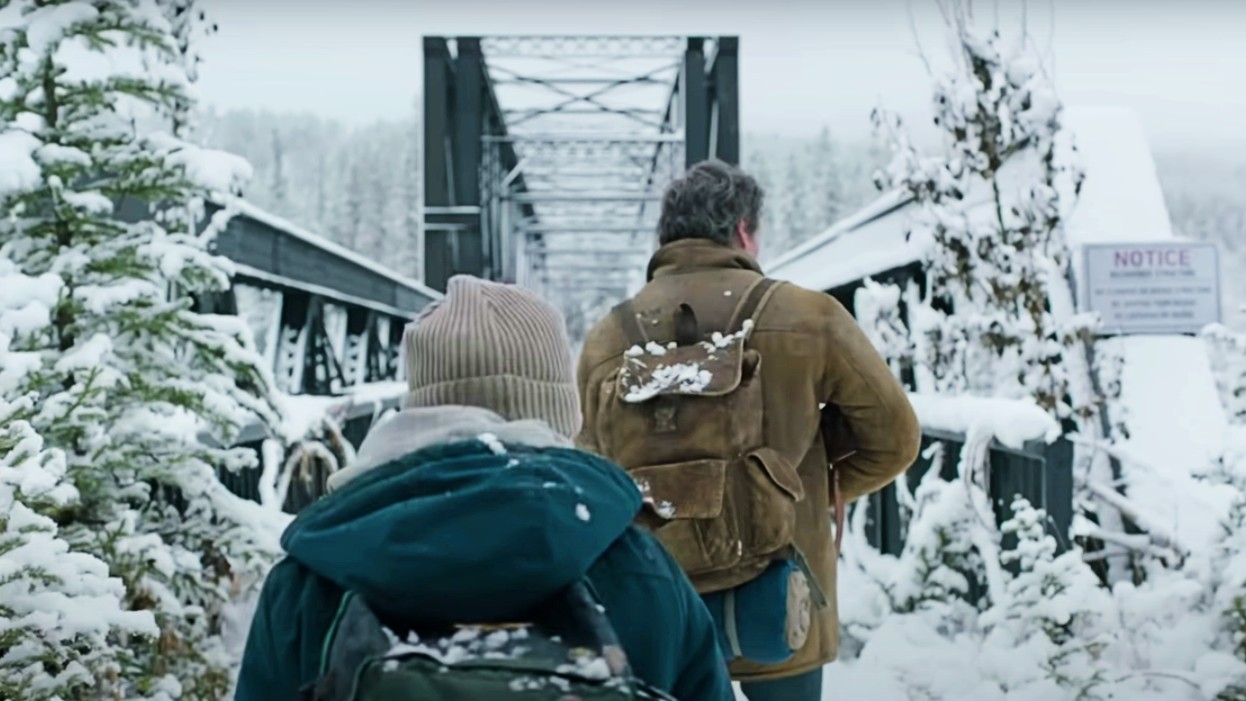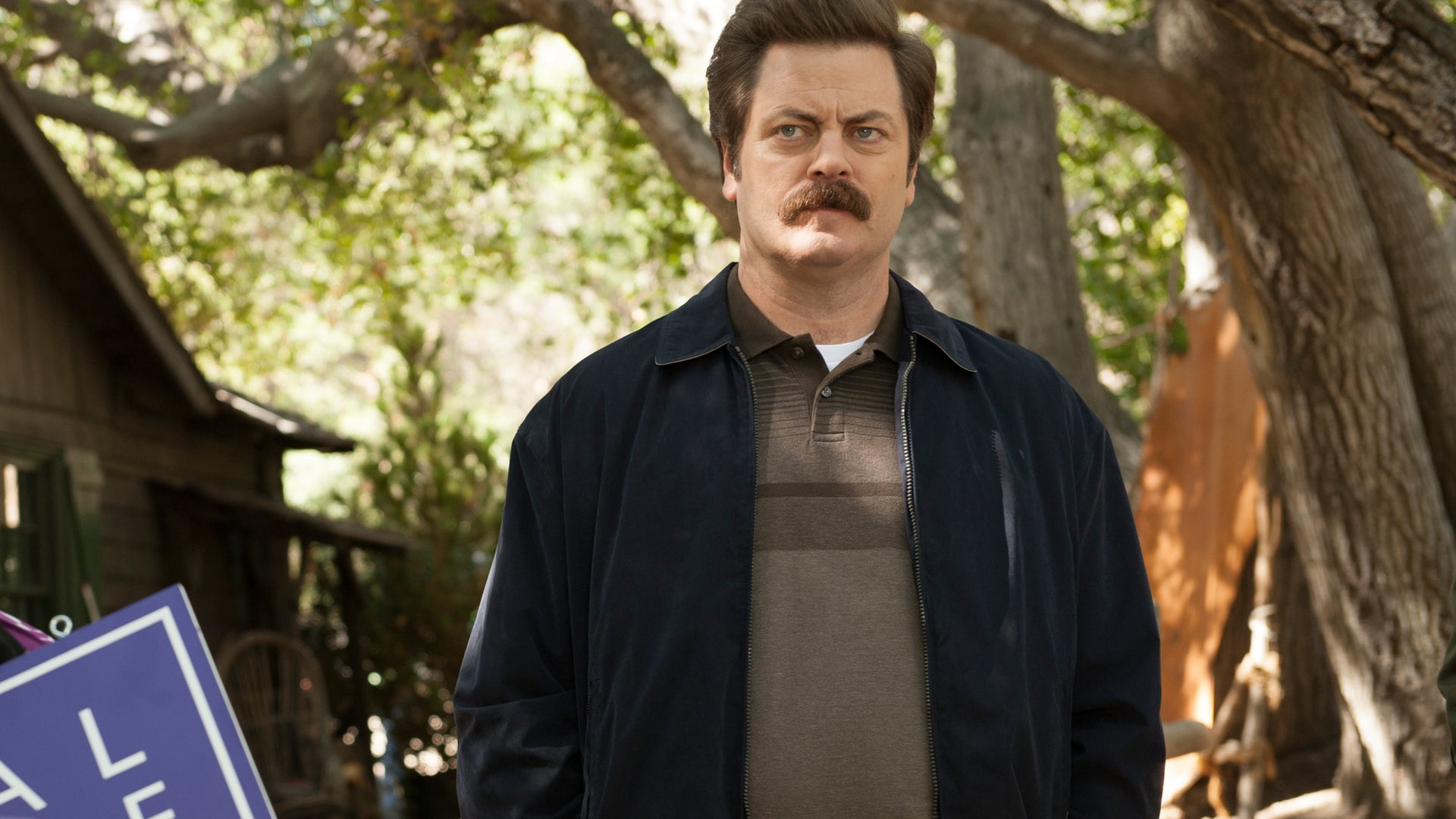The Last Of Us Just Deviated From The Game In A Masterful Way
The Last of Us showed audiences the tragic inside story of game characters Frank and Bill.

HBO’s instant hit adaptation of Naughty Dog’s The Last Of Us game series has been turning heads since it was first announced. With a built in fan base carried over from the Playstation originals, many fans were cautiously optimistic regarding the adaptation’s ability to stick to the beloved script of the first game. As noted by a write up in ComicBook.com, the show’s third episode deviates from the plot in a major way, portraying a long and tender relationship between a fan favorite character and a character only hinted at in the game.
In the show’s third episode which premiered this week, Bill, as played by Nick Offerman, is shown to be in a decades long relationship with Frank, as played by The White Lotus‘ Murray Bartlett. This is a significant change from the original Last Of Us game, as Bill is shown in the game to be left alone after Frank ventured out into town and subsequently committed suicide to avoid turning into a zombie after sustaining a lethal bite. The characters’ romance is hinted at within the game, but never seen on screen, and never explicitly stated.
During a recent interview with The Hollywood Reporter, The Last Of Us showrunner Craig Mazin and Naughty Dog co-president Neil Druckmann explained their reasoning for making such significant changes to the story after adhering so closely to the games’ plot in the first two episodes. As Druckmann explains, video games provide a more hands-on experience where interacting with the characters in a physical way provides a better bond to their story, whereas the HBO version relies on the viewer passively watching as the events take place. In the game, we are introduced to Bill’s character as he helps to retrieve the player character, Joel, out of a hunting trap, because the interactive nature of the mission bonds the player to Bill instantly.
In the show, Nick Offerman perfectly introduces the character and his love story with Frank, and the viewer is able to spend a lot of time seeing their relationship grow and mature, before being treated to a much different conclusion for the characters as well. In the Last Of Us game, Frank’s body is found hanging from a noose inside a home, with a note detailing his falling out with Bill. Bill is ultimately left in his town, which he has decked out with traps to prevent fungal zombies from getting too close, to live out his days alone.

The show treats us to a much happier ending than the world of The Last Of Us normally allows while providing the material’s signature stab of sadness. After growing old together as a happy couple, Frank becomes frail and demands that Bill put him out of his misery with a lethal dose of poison. In a demonstration of love in a decaying world, Bill agrees, and poisons himself as well, leaving the couple to die in each other’s arms.
In only its first few weeks of streaming new episodes, The Last Of Us has rapidly grabbed attention as one of the most well-made video game adaptations to ever hit the screen. Many gamers have become weary over the years of studios meddling with the formula of their beloved games, crafting stories that just don’t work when committed to a non-interactive sequence. Even with this enormous deviation, the show has garnered both audience and critical acclaim, displaying that the creative minds behind the show are committed to curating an excellent viewing experience for fans and newcomers alike.












